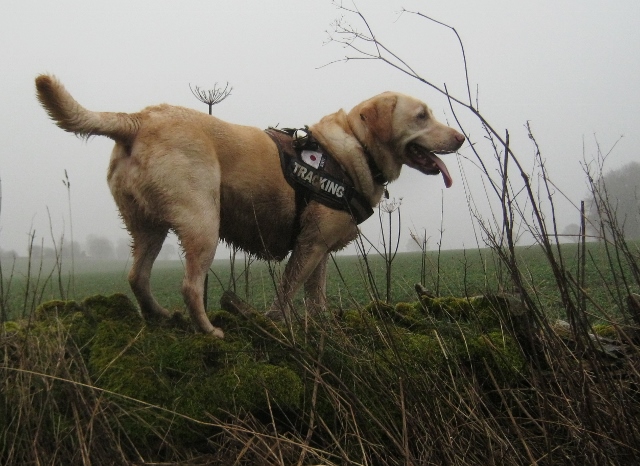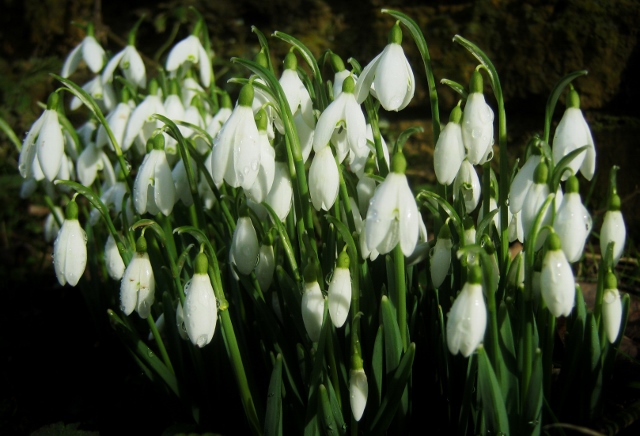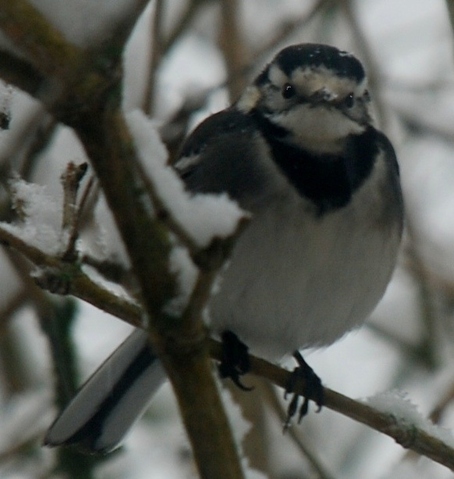Remember the wonderfully brilliant Leslie Philips in those terrific old B&W movies, when he used to say “ding-dong!” in that toe-curlingly lounge-lizard way of his if he saw a particularly attractive female? Well the next Buzzard that I’ll feature will probably be the brazen hussy “Bell”….I named her with more than a passing nod to Philips’s iconic line. In fact, if Leslie Philips was actually cast as Buzzard instead of a Lizard, then “ding-dong!” is exactly what he’d say about Bell….She’s a stunner all right (and don’t she know it!)….Mind you, I think that she also tends to put it about a bit!
The beautiful “Bell”
Meanwhile, you will never convince me that an animal such as a Buzzard doesn’t experience the world in an emotional way. A Bird like Brittle may not have such a highly developed brain as ours or have quite such sophisticated emotions, but she does “feel” something. I know for example, just how much Parrots can get down in the dumps, go off their food, start behaving aggressively, etc simply because they’ve lost their mate or a keeper that they’re particularly fond of is away on holiday or because you’ve told them that their bum looks big in something (they can be very vain)! Brittle appears to have a somewhat fragile personality at the best of times and depends heavily on her mate for support which is always readily given by virtue of the fact that he’s simply just there for her. I called her Brittle for that very reason! The loss of her two youngsters may well have been what it finally took to push her into the avian equivalent of a mental abyss. Meanwhile however, 2006 has gradually, I’m pleased to say, seen her return to much more of her old agitated self….with the help of ever-faithful Brynn of course!
A very pushy, middle-aged twitcher once told me to “F*** off” when I asked him not to get too near to a totally exhausted looking little passerine that had finally made landfall amongst some lobster pots on the sea-wall in Lyme Regis harbour after a dreadful storm-lashed night (he wanted a better photograph for a magazine “Rare Sightings” section apparently)! Word had got out that the bird was there and about a dozen twitchers had turned up out of the blue. I was there too, but on holiday with my kids who were about eight and twelve at the time. Needless to say, I didn’t appreciate being spoken to like that in front of them. I talked to someone from the little marine museum right there on the quay about the plight of the little songster and they found a suitable container and we took the bird indoors. I showed them how to make a “hotbox” with a few bits and pieces and made up a glycose solution from ingredients that I sent my son and daughter off to buy from the local chemists. It was all simple stuff and the bird recovered and was strong enough to release near the little wetland at Charmouth the following day. Several other twitchers who’d arrived later that morning were very unhappy that I’d taken the bird indoors and that they hadn’t been able to see it in-situ so to speak. Two of them gave me a piece of their minds….they’d apparently travelled all the way from Bristol! My concern was for the bird and the further distress it was being caused by one idiot hefting lobster pots around just to get a better view, but then, in my experience, one idiot is all it ever takes for anything untoward or thoroughly unpleasant to happen!
The experts write the textbooks, but they seem to forget that the animals themselves don’t read them and most species eventually fly in the face of all academic expectation sooner or later! When a couple of hundred twitchers turn up to “twitch” a vagrant Semi-Palmated Sandpiper spotted at some reservoir near Manchester or whatever, how many of them take a moment to marvel at the fact that the animal probably came all the way from North America completely by accident and almost certainly flew tens of thousands of feet up via the slip-stream (something that humans didn’t even know existed until the middle of the twentieth century). It was also probably a journey made at the complete mercy of extreme weather conditions! Totally remarkable when you think about it! Even fewer of of the twitchers would possibly pause to consider the gauntlet of emotions the bird must have endured and how it may or may not be coping with its new “home”….not to mention having to deal with the sometimes hundreds of less than discreet cameras and field-scopes pointing right at it or even a few jerks with sticks trying flush it out into the open just to get their little tick on a list!
I get slated by the experts for these sorts of so-called emotive interpretations of animal behaviour, but I don’t see the experts sitting beside me for hours on end behind Cotswold stone walls or creeping along tree lines or lying prostrate in irrigation ditches doing the observing! Nor do I recall them working beside me for all those years at the zoo, shaping the way you care for an animal by learning to accommodate all its funny little ways….hundreds of species with thousands of funny little ways. Animals like Buzzards aren’t just statistics to be counted, tagged and tracked….Each one is an individual and they all behave slightly differently.



